Designers at the 2012 decor, design and furniture fairs, from the likes of Maison et Objet, to the London Design Festival as well as the Paris Design Week, came equipped with fresh designs that reflect notions of warmth for interiors.
Dave Nemeth, a trend forecaster and owner of Trend Forward explains: “We have seen a significant move away from stark minimalist interior design towards a more homely appeal, with a combination of elements both natural and hi-tech combined, yet based on personal attraction or feelings. We see antiques combined with modern pieces; we see an almost controlled clutter taking place, with mementos and collections once again being put on display and not simply hidden away. Soothing calmness is what it is all about, a sanctuary where one can escape to from the techno-chaos around us.”
With this in mind, trends specialist, Dion Chang points out a few lifestyle trends. The first major trend that you will notice is the return to timber. Dave comments: “We are seeing natural reclaimed timber furniture, overall; furniture with a lighter grain as well as wood, which has imperfections with irregular beauty. There is also a major trend towards solid wood furniture; consumers are getting fed up with cheap board furniture coming out of the East.”
According to Dion, with the presence of wood, the use of different tones of wood in one piece as well as the use of “bare” wood is gaining popularity. The repurposing of wood is also a big trend at the moment, as individuals are now giving new life to old objects. A perfect example is the use of office furniture such as shelving being cleaned up and used in homes to give a space a more rustic feel.
Dave adds: “High-grained timbers will continue to dominate and we will see an increased use of reclaimed materials; materials that served one purpose have aged and are now reused for a different purpose.”
With this movement, there has also been a boom of embracing nature and all things natural. This can be seen in terms of organic lighting, the freezing of objects in resin, as well as the timber trend, which was mentioned earlier. With this trend, there’s also an extension of animal prints moving into taxidermy this year, with animal heads being stuffed together with the mimicry of this.
Another charming trend that has evolved is what Dion calls, “old world now”. This is the use of tactile linens that provide a rustic feel in a space, as well as the collection of typewriters, old telephones and books. As we progress deeper into the digital era, we still have a nostalgic attachment, which is reflected in these decor pieces.
At the other end of the spectrum, designers who produce ultra-modern pieces are moving towards an increase of high gloss and less tactile surfaces. Phia van der Meulen, from M Square Lifestyle Design, explains: “The ostentatious style during the 2000 period showcasing projects with high-polished features of marble and glass has been replaced with trends reflecting comfort and spaces that individuals can identify with.”
Phia points out that the movement towards going green in the industry has hyphened, as she says, “the use of sustainable materials, man-made materials and recycled materials gives designers the opportunity to be creative by introducing features of graphics and textures with design”. Local industries “are more supported due to the global economic climate; the manufacturing industry’s standards require manufacturing of goods in a more responsible manner, thus there is a global awareness towards sustainability”, highlights Phia.
One of the biggest trends at the moment is the anti-trend – Dave explains: “We will see an almost ‘anti-trend’ approach to design, decor and furniture, an individualistic approach to these elements overriding a major trend. We see consumers wise up to ‘slow living’ and they are starting to purchase with a conscience. Important factors will include country of manufacture with local support obviously taking precedence, as well as the processes in which items are made, and their carbon footprints.”


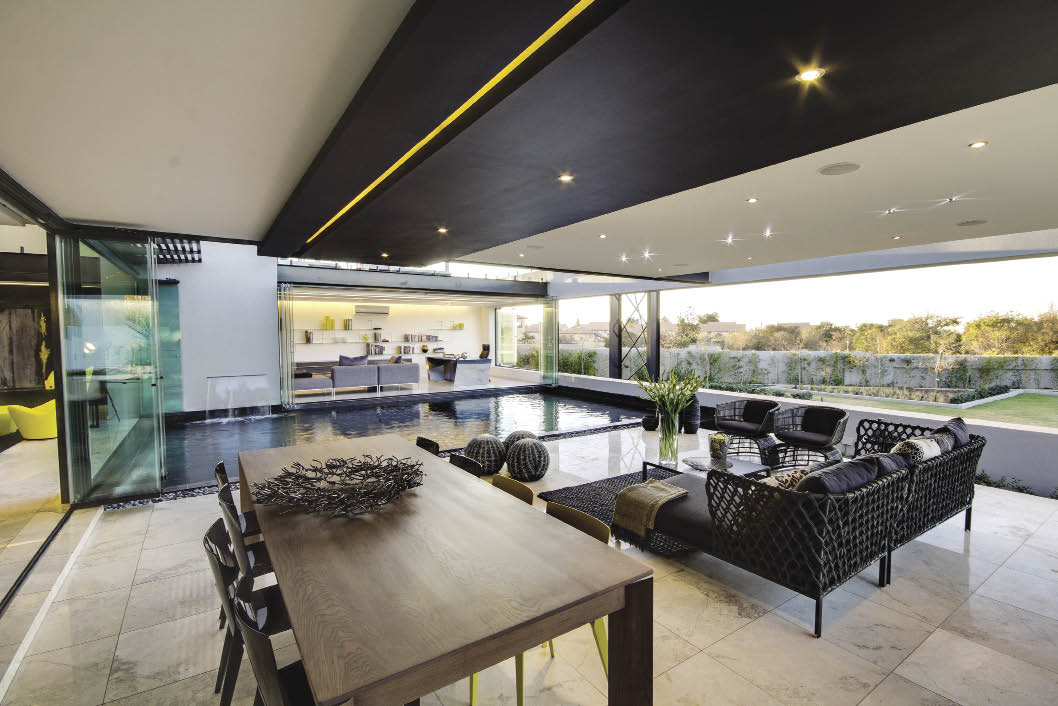




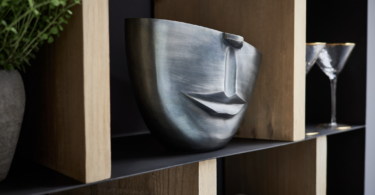
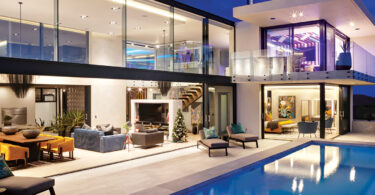
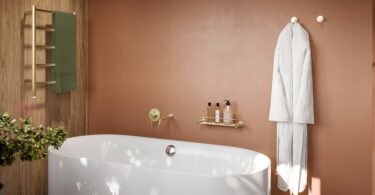
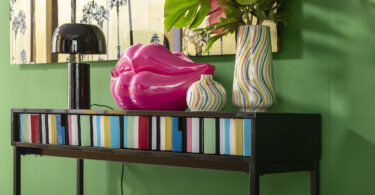
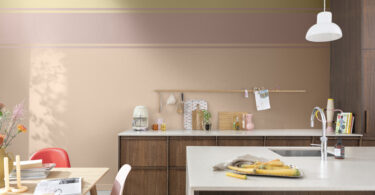
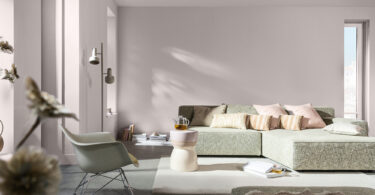
Leave a Comment